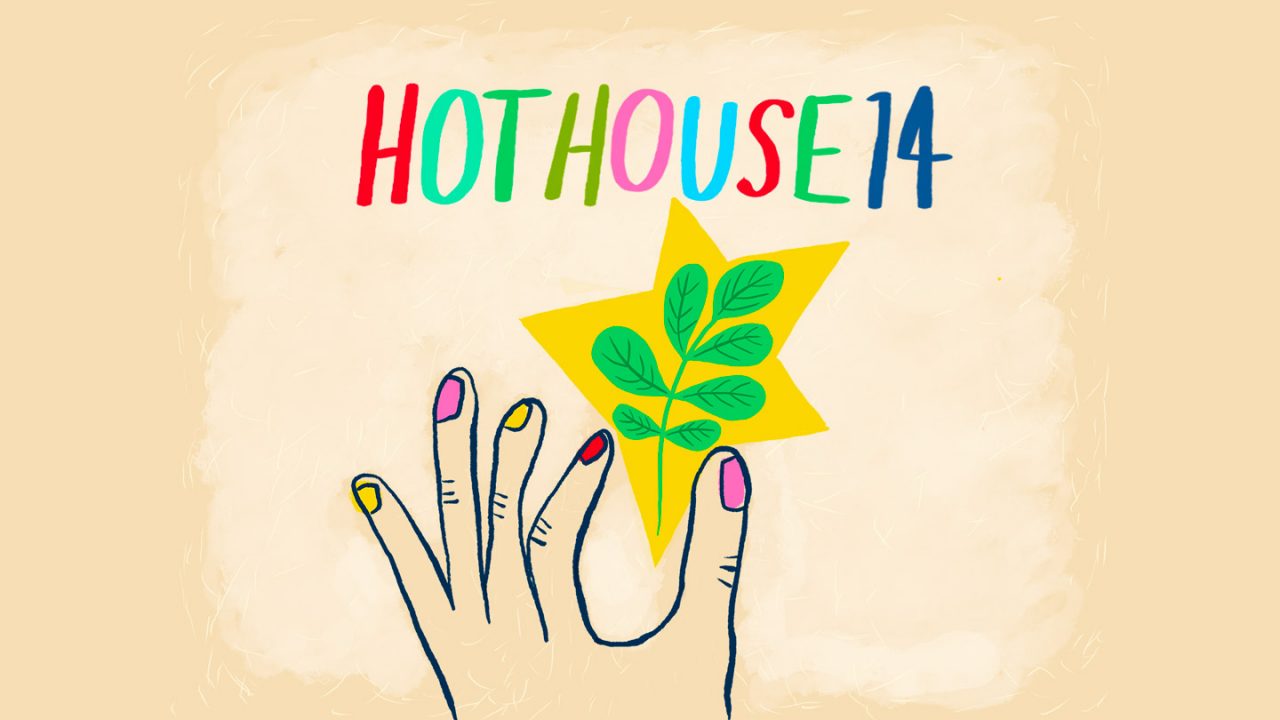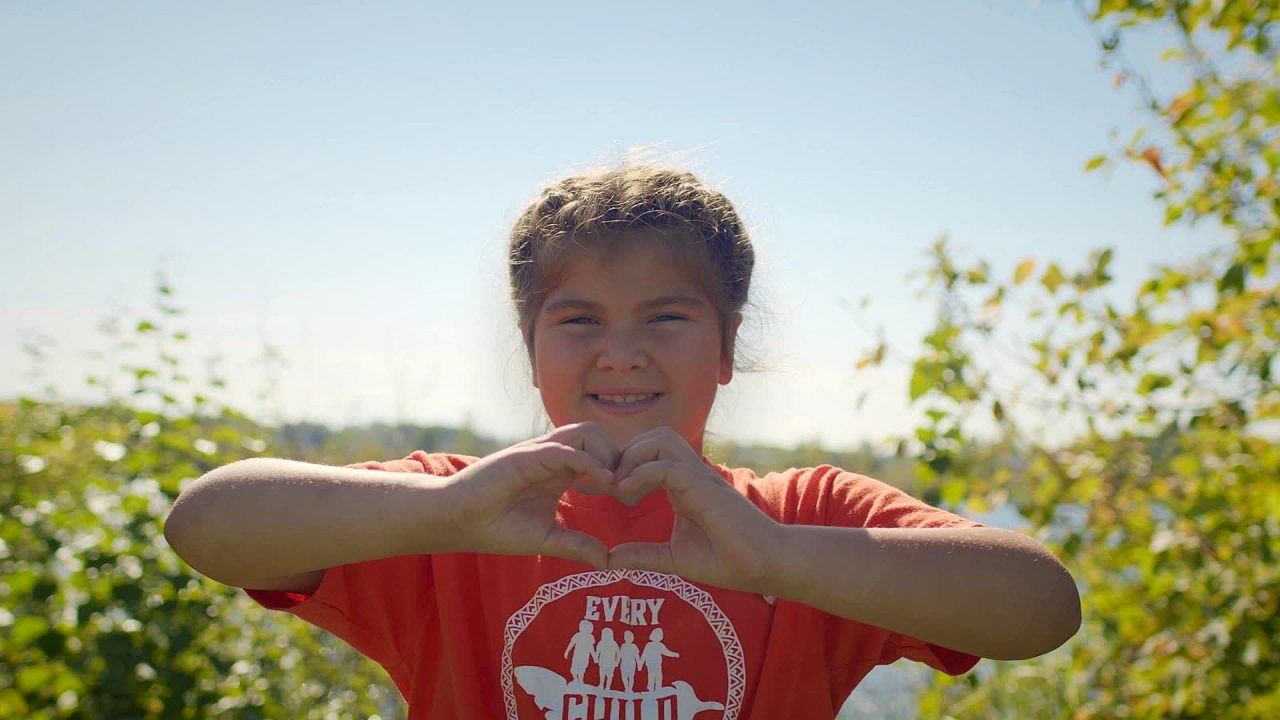
Mini-Lesson for Hothouse 14 Films
Mini-Lesson for Hothouse 14 Films
School Subjects: Visual Arts, Media Arts, Communication Technology, Film Animation
Ages: 12+
Keywords/Topics: Animation, Identity, Storytelling, Elements of Design, Media Literacy, Film Medium
Overarching Question: How does an artist’s chosen animation technique impact or shape the way their feelings and experiences are communicated in their film?
Educational Synopsis:
“Everyone views the world through different lenses, and our views of the world and our life experiences inform our understanding of works of art. Students need to be taught that works of art are not created in a vacuum; they reflect the personal, social, and historical context of the artists.” —Critical Analysis Process, Ontario Arts Curriculum 2010
This mini-lesson, based on the Hothouse 14 films, responds to curriculum requirements across Canada that ask students to take a critical exploratory stance toward works of art and their relationship to society.
Students will explore three of the Hothouse 14 films with the intention of understanding both the medium and message of each, reflecting on the personal, social and/or historical context of the artist and their work. As you explore the films with students, print or share digitally the accompanying to support students in capturing their feelings and observations as they view each film. Quotations from each artist are included in the activities, and you are encouraged to have students view each film before and after reading the artist’s words.
Pre-Activity: Elements of Design
Prior to watching each of the films with students, share the theme of Hothouse 14: “Small Things Considered.” For this theme, artists used elements of design in their films to capture small, personal moments in time and memory.
If you haven’t already this year, you can review the different elements of design with your students. Describing the elements of colour, line, shape, texture, form, space and value will support students in understanding the impact of artistic choices in film.
Activity ONE: Unblending Feelings through Paint
Artist Michelle Ku uses painted images to bring her feelings to life throughout the film Unblending.
Watch Unblending.
Unblending, Michelle Ku, provided by the National Film Board of Canada
Then, have students consider:
- How were painted shapes used to share ideas or tell a story in the film?
- What messages do you think the artist is trying to communicate?
Have the students use their Observation Guide, or a sketchbook or journal, to record their own drawings and/or written descriptions. Ask students to catalogue the different ways the artist used paint to communicate (e.g., scribbles, blobs, painted shapes).
After viewing the film, share the quotation below from animator Michelle Ku with students:
“The story was inspired by me lying awake at night and not being able to sleep… feeling all these sensations in my body and thoughts going crazy, that are on the back burner during the day… I just wanted to explore feeling those sensations in the body and connecting that to which parts of me are speaking up in the moment.”
View the film again. Next, in small groups or partners, have the students discuss these questions:
- How did reading the animator’s words change your ideas about the film?
- What kind of story could you tell with painted shapes or lines?
After a brief discussion, have students jot down some of their creative ideas in their Observation Guide.
Summary:
Students will analyze how effective paint can be as a medium for animation. They will explore how seemingly simple shapes and colours can be symbolic and carry deep meaning for the animator. Through this exploration, students will be challenged to think of ways artists can use elements like shape, colour and texture to communicate ideas. They will also explore which qualities paint has as a medium for enhancing communication through animation. Through the Observation Guide, students will generate creative ideas in preparation for crafting their own animation in the Take Action activity (below).
Activity TWO: Clay Conversations
In Amma, artist Akash Jones uses his stop-motion skills of puppetry and claymation to bring audiences into his personal experiences.
Watch the film Amma.
Amma, Akash Jones, provided by the National Film Board of Canada
After students have watched the film, discuss:
- How was clay used in unique ways to bring depth to the story?
- How did Akash Jones use clay to bring life to the Amma character?
- What other elements of filmmaking were used to enrich both character and story?
In their Observation Guide, or a sketchbook or journal, have students write and/or draw the ways clay was used in the story.
After viewing the film, share the quotation below from animator Akash Jones with students:
“I animated everything with the puppet first, reacting to kind of nothing, and then I decided to make my mother’s voice, these tangible bubbles… It added more of a dynamic, the puppet could react to it… it would feel like a physical entity.”
View the film again. Then, ask students to jot down anything new they noticed while watching the film a second time.
Have students turn to a partner and share what they noticed. Partners can share one thing they discussed and record their observations on chart paper or the whiteboard.
After the class discussion, have students reflect on the following in their Observation Guide:
- How did using clay impact the style and story?
- What creative ideas might you have when animating with clay?
Summary:
Students will consider how characters can be dynamic even when not visually present (in human form) in the story. Amma’s character was brought to life using voiceover, shape, colour and the spacing of the clay elements. Students will analyze the impact of the artist’s decisions on both character representation and the film overall.
Activity THREE: Paper Memories
In Red Star Alley, Jenny Yujia Shi tells a heartbreaking story of home and loss using layered paper and printmaking techniques.
Watch the film Red Star Alley.
Red Star Alley, Jenny Yujia Shi, provided by the National Film Board of Canada
After students watch the film, discuss:
- How does layering paper as a medium for animation create immersive environments?
- What elements of the film’s environment help to tell the story?
Have students record what they notice about the way the artist layers paper to create dynamic environments for their story.
After viewing the film, share the quotation below from animator Jenny Yujia Shi with students:
“For my own neighbourhood, Red Star Alley, it was demolished to make way for now the largest commercial district in downtown Beijing… I remember a lot of elders who had been there their whole lives… a lot of them didn’t live too long after having to move to the outskirts of the city… So I was thinking about these elders and how when we think about gardening we normally transplant something when it’s still young, like a little seedling… it’s really difficult to move a small tree for example.”
After viewing the film a second time, use the Think, Pair, Share strategy to have students reflect on the following questions. During the share-back with the class, record ideas students have about paper as a medium for animation.
- How does knowing this history impact your ideas about the film (e.g., what themes do you now see)?
- How does paper as a medium for animation help communicate these ideas?
- How would these films be impacted if the artist had chosen a different medium (e.g., clay instead of paper for Red Star Alley, )?
Summary:
Students will reflect on ways animation can be used to tell personal and sometimes difficult stories. They will discuss themes such as loss, change and displacement as they reflect on both the film’s themes and the artist’s quotation. Students will explore the effectiveness of using paper as a medium for animation and how it impacts the tone and mood of the film.
Take Action:
Note: This “Take Action” activity may be done in partners, in small groups or by an individual.
Before starting Take Action, remind students of the Hothouse 14 theme: “Small Things Considered.” Have students think of a small memory of moment in time they would like to animate, whether at school or somewhere else.
Following their exploration of the films, and considering the notes they took in their Observation Guides, have students choose a medium (clay, paint and/or paper) they feel would best communicate their ideas. Then provide these prompts:
- Create a simple 25-frame sequence (e.g., a ball bouncing) using the medium of your choice. Consider how the medium you are using will determine the movement in the animation.
- Use a smartphone or digital camera to take photos of each frame.
- If you have animation or movie editing software (or an app), put the images together on a timeline and watch your creation come to life. You may want to play with the speed to see how it impacts the images.
- Alternatively, if you do not have editing software, quickly scroll through the images on your smartphone or camera by running your finger over the thumbnails (smartphone option) or holding the “next” button on the camera to see your images move.
- Write your own short statement about what you hope to convey with your work.
- Share your creation and statement with others in the class.
Additional Resources:
StopMoStudio—NFB Stop-Motion Animation Workshop
Exploring Literary Devices and Terms Through NFB Animated Films: Study Guide
This mini-lesson was created by a secondary school teacher who is part of the NFB Educator’s Network.
Pour lire cet article en français, cliquez ici.
Discover more Mini-Lessons | Watch educational films on NFB Education | Watch educational playlists on NFB Education | Follow NFB Education on Facebook | Follow NFB Education on Pinterest | Subscribe to the NFB Education Newsletter

